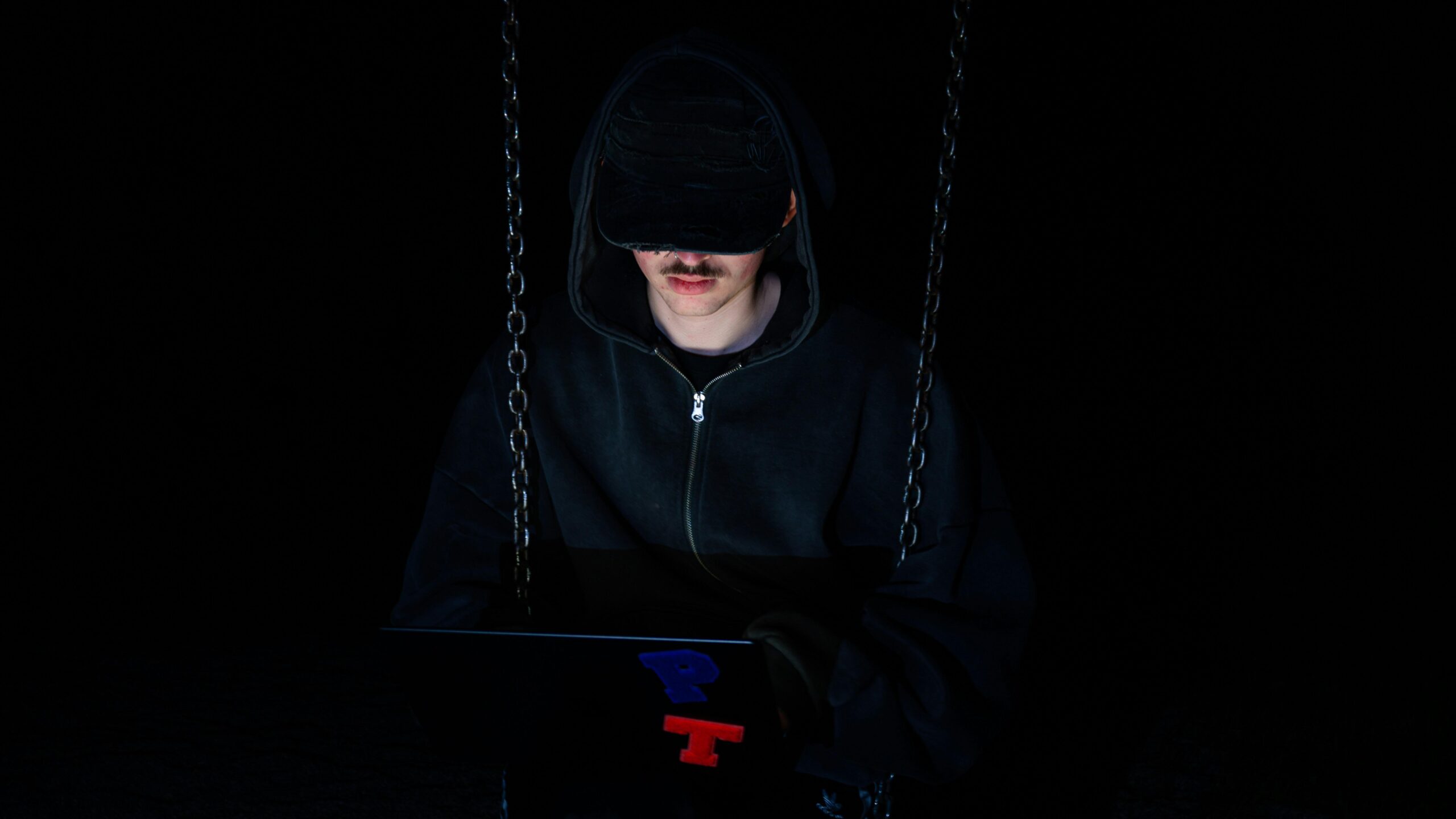Why do crime rates soar in some neighborhoods while others remain relatively peaceful? It’s a question that has long fascinated sociologists, policymakers, and everyday folks alike. Beyond the headlines and statistics, there’s a complex web of social forces quietly shaping the patterns of crime we see. From economic inequality and education opportunities to community cohesion and cultural norms—what are the real drivers behind these trends? In this post, we’ll dive into the intriguing world of sociological factors that influence crime rates, uncovering insights that might just change how you think about safety and society. Ready to explore? Let’s get curious!
Table of Contents
- Understanding the Role of Economic Inequality in Driving Crime Patterns
- How Community Networks and Social Trust Influence Criminal Behavior
- The Impact of Education and Employment Opportunities on Crime Rates
- Strategies for Building Stronger Communities to Reduce Crime
- Key Takeaways
Understanding the Role of Economic Inequality in Driving Crime Patterns
Economic disparity creates an environment where opportunities for advancement become scarce for large segments of the population. When wealth is concentrated in the hands of a few, communities experiencing poverty often face lack of access to quality education, healthcare, and stable employment. These systemic barriers cultivate frustration and social exclusion, which can subtly or overtly push individuals toward criminal activities as alternative means of survival or assertion of control. It’s not just the presence of poverty but the stark contrast between the affluent and the marginalized that amplifies feelings of injustice and breeds environments ripe for crime.
Furthermore, the patterns of crime linked to economic inequality reveal a complex web of social consequences such as:
- Increased rates of property crime where economic desperation fuels theft and burglary.
- Higher involvement in drug-related offenses as some turn to illicit trade to escape deprivation.
- Distrust between law enforcement and economically disadvantaged communities, which hampers crime prevention efforts.
Understanding these dynamics encourages a shift from solely punitive responses toward addressing the root causes embedded in social and economic structures. Closing the wealth gap thus emerges not just as an economic imperative but as a strategic pathway to transforming crime patterns on a societal scale.
How Community Networks and Social Trust Influence Criminal Behavior
At the heart of many crime patterns lies the intricate web of community connections—how people relate to and trust one another plays a pivotal role in deterring or enabling criminal acts. Neighborhoods rich in social cohesion often foster an environment where informal social controls naturally emerge. For instance, when residents know and look out for each other, suspicious activities are more likely to be noticed and addressed before escalating. This collective efficacy—a blend of mutual trust and shared expectations—acts as an invisible shield, reducing opportunities for crime to take root.
Conversely, fragmented communities where social ties are weak or broken may inadvertently create fertile grounds for criminal behavior to flourish. Consider the impact of:
- Lack of trust among residents, which discourages cooperation with law enforcement
- Isolated households that experience diminished informal surveillance
- Social alienation leading to heightened feelings of anonymity and disengagement
These factors collectively diminish community resilience against crime. When social bonds fray, not only are crimes less likely to be deterred, but they may also be viewed with less collective condemnation, subtly normalizing deviant behaviors. Understanding these dynamics reveals how strengthening social networks can be a powerful strategy in crime prevention beyond traditional punitive measures.
The Impact of Education and Employment Opportunities on Crime Rates
Access to quality education and meaningful employment opportunities holds a transformative power in shaping societal behavior and reducing crime rates. When individuals, especially youth, are provided with the tools to build skills and envision a future beyond hardship, the allure of criminal activity diminishes significantly. Education fosters critical thinking, nurtures empathy, and cultivates a sense of responsibility, which are key ingredients for positive social engagement. Beyond personal growth, schools and training programs often serve as safe spaces where mentorship and community connection flourish, further buffering individuals against pathways that lead to crime.
Meanwhile, employment offers not just financial stability but also a sense of purpose and belonging. Steady work can dismantle the economic desperation often linked to criminal acts, while job environments promote discipline, teamwork, and societal norms. Communities witnessing higher rates of employment typically experience:
- Lower levels of youth delinquency due to structured daily routines and reduced idle time.
- Strengthened social networks that help deter criminal behavior through collective accountability.
- Increased investment in local development, creating a positive cycle that reduces crime further.
Ultimately, the interplay between education and employment weaves a protective social fabric that helps break cycles of crime, emphasizing the importance of policy focus in these areas for sustainable community safety.
Strategies for Building Stronger Communities to Reduce Crime
At the heart of lowering crime rates lies the nurturing of robust social bonds. When residents feel a genuine connection to their neighborhoods, they tend to engage more actively in maintaining safety and supporting one another. Initiatives that promote local gatherings, communal projects, and shared spaces can transform anonymous blocks into thriving hubs of trust and accountability. It’s in these everyday interactions—like neighborhood watch programs, community gardens, and local festivals—that the invisible threads of solidarity are woven, making crime a less viable option for those considering it.
But strong communities don’t just happen—they’re cultivated through deliberate, inclusive efforts. Emphasizing equity and access to opportunities helps reduce the socio-economic pressures that often precipitate criminal behavior. Investing in youth programs, mental health resources, and affordable housing creates a foundation where everyone can feel valued and supported. Community-led initiatives frequently highlight the power of:
- Peer mentorship and role models
- Collaborations between residents and law enforcement
- Educational workshops that promote awareness and empathy
These strategies not only disarm the potential triggers for crime but also foster a shared sense of responsibility that strengthens the social fabric and safeguards the future.
Key Takeaways
As we peel back the layers of what really shapes crime rates, it becomes clear that there’s no single culprit at play. From economic pressures and social inequality to community dynamics and cultural norms, crime is woven into a complex social fabric. Understanding these sociological factors not only deepens our curiosity but also pushes us to rethink conventional approaches to crime prevention. So next time you hear a statistic or a headline, remember: the story behind the numbers is far richer—and far more human—than it first appears. Let’s keep asking questions and exploring the social forces that shape our world, because only with curiosity can we hope to foster safer, more just communities.












